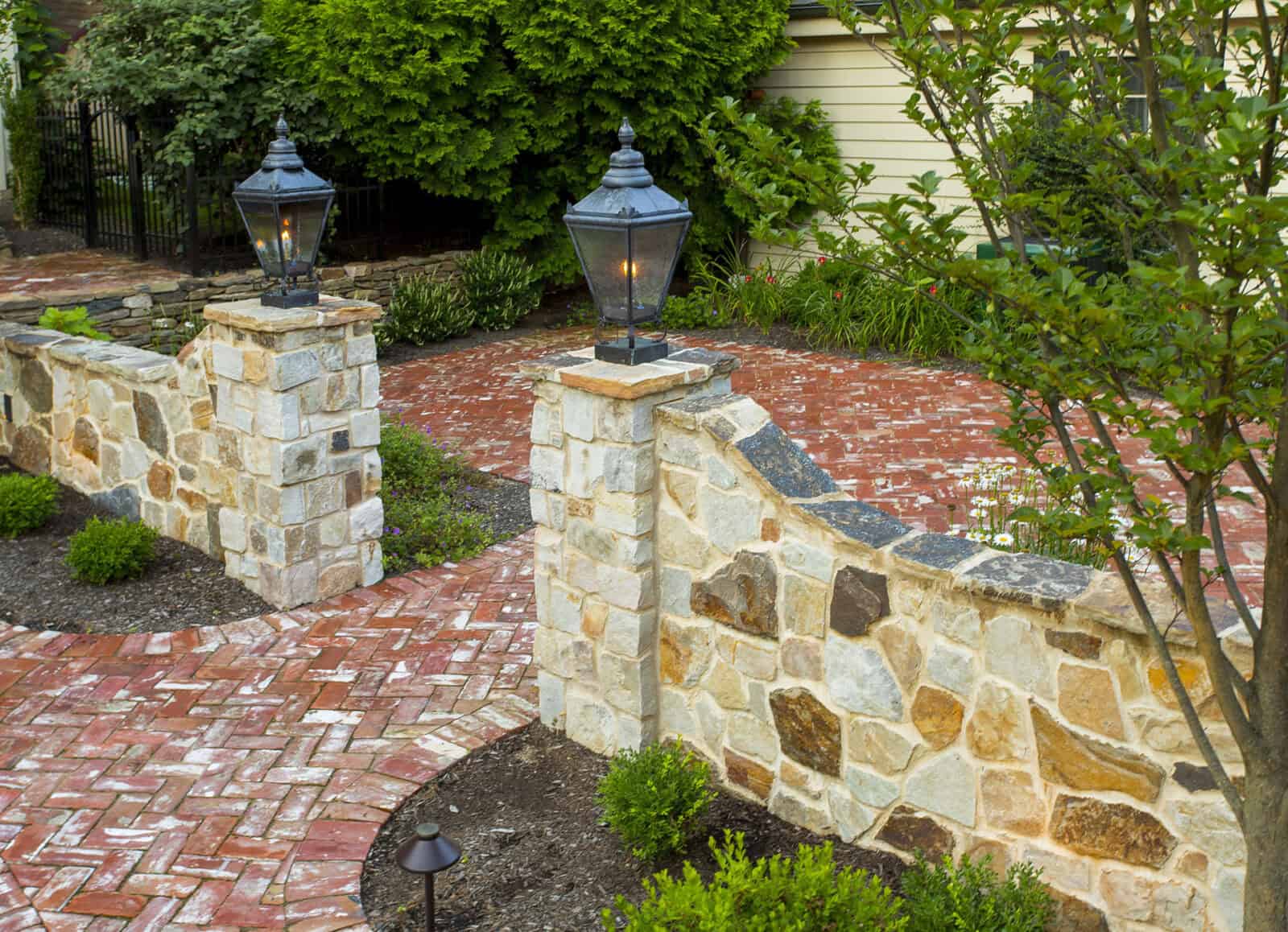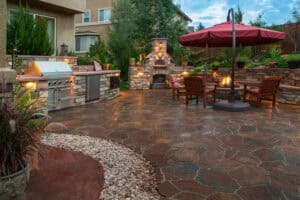
3 Ways to Prepare Your Patio for Spring
March 6, 2018 This has been one wet winter and as spring approaches, it is not going to dry up anytime soon. When moisture sits continually on cement, brick and stamped concrete surfaces mildew and algae can become a problem. In addition, the freeze and thaw cycles of winter can cause damage to patios that have cracks and crevices.
This has been one wet winter and as spring approaches, it is not going to dry up anytime soon. When moisture sits continually on cement, brick and stamped concrete surfaces mildew and algae can become a problem. In addition, the freeze and thaw cycles of winter can cause damage to patios that have cracks and crevices.
Many are more than ready for the sunny warm weather ahead, but are our patios ready?Now is the time to prepare for the outdoor dinners, cocktail hours and picnics ahead. Getting your patio in shape for the season can make entertaining a breeze.
INSTRUCTIONS FOR PREPARING YOUR PATIO FOR SPRING AND SUMMER USE:
1 ) Inspect for Ice Damage: As mentioned before, the winter can cause damage to patio surfaces when water seeps into cracks or crevices and freezes. Early spring is the time to assess any damage done from freeze/thaw cycle.
Not only do cracks or chipped areas on concrete look bad, they could deteriorate even further if not repaired. The approach to repairing these surfaces will vary depending on a number of variables. Check out this Quickrete® Guide on Repairing Concrete.

2) Clean off Mildew and Algae: How you deal with ridding a patio of mildew and algae with depend on the severity of the stains. It is recommended to start with a stiff broom to sweep off as much dirt and debris as possible. While using a power washer is less caustic, it often does not work on stubborn stains.
Using bleach or vinegar is effective, but it could do some real damage to your lawn and landscaping. Baking soda is more natural and gentler solution – try mixing ½ cup baking soda to one gallon of water and 1/8 cup of liquid dish detergent first. Spray it on the patio surface, let it sit for 30 minutes, then scrub and rinse.
If your patio does not receive enough sun to dry up on a regular basis to prevent recurring mildew and algae, consider pruning or removing some trees to allow more sunlight to reach your patio.
3) Apply Sealant: If your patio has not been sealed in that last 3-5 years, it would be wise to have a sealant applied to prolong the life of your patio.
Sealer provide a tough, water-resistant finish that is protects your patio from exposure to water, common acids, alkalies, petroleum, solvents, oils, greases, and salts. Call a professional hardscape specialist to have sealer applied.
 DiSabatino Landscaping is Delaware’s #1 Hardscape and Landscape Specialist. We can design an outdoor living environment that will add quality to your life and value to your home. Give us a call today! 302-764-0480
DiSabatino Landscaping is Delaware’s #1 Hardscape and Landscape Specialist. We can design an outdoor living environment that will add quality to your life and value to your home. Give us a call today! 302-764-0480